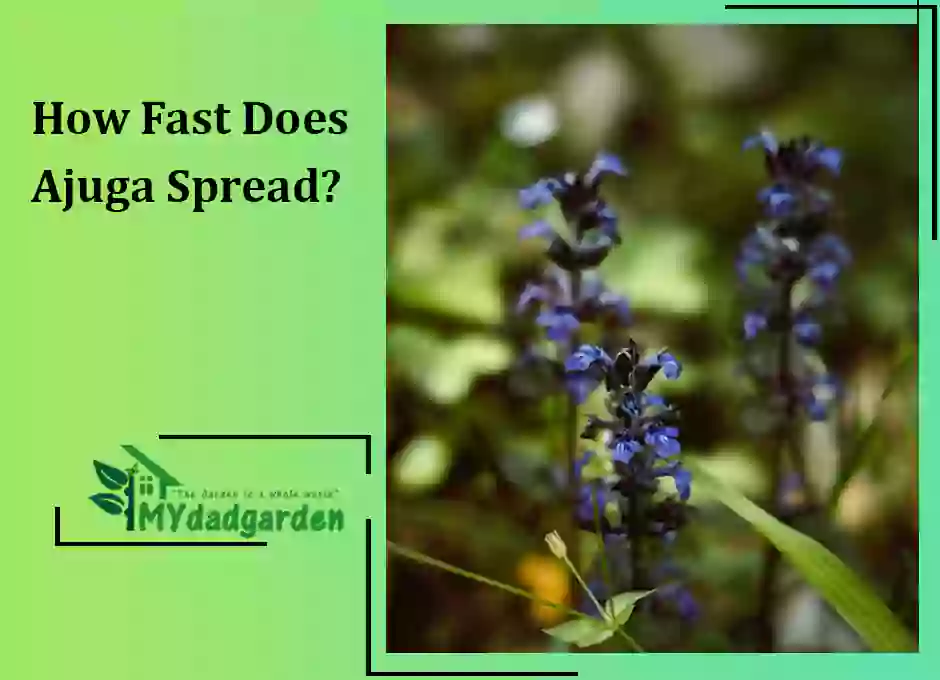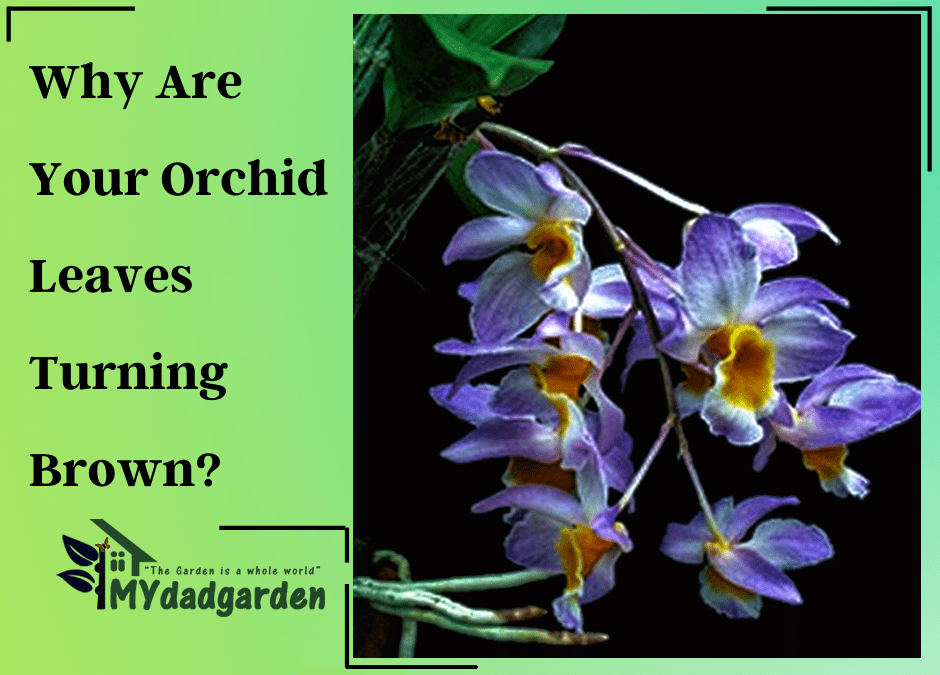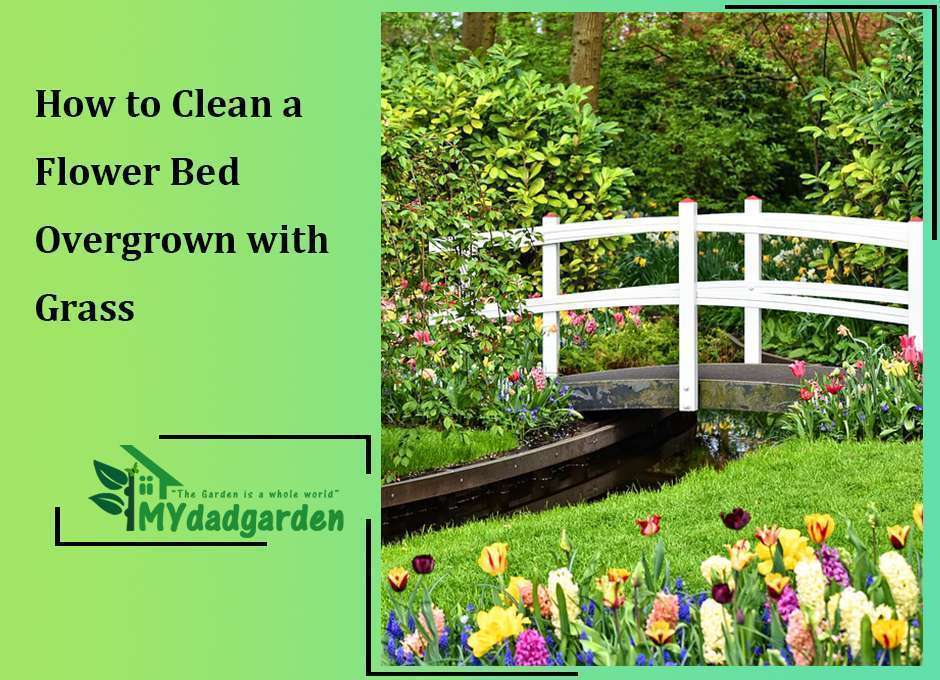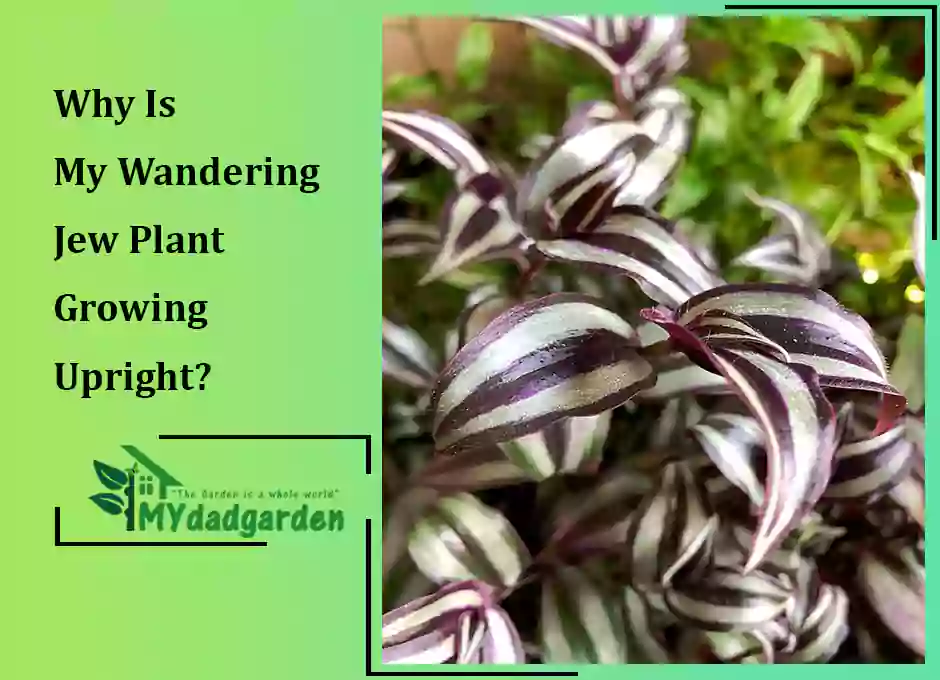How Fast Does Ajuga Spread?
Since ajuga is also known as carpetweed and bugleweed, you would be correct in concluding that it is a fast-growing plant.
The plant’s growing points are actually tiny rosettes of the leaf. The plant grows a new crown of leaves and sends down roots from each node on a stolon so that it can support more colonies as it develops.
This also makes sharing incredibly simple: Simply remove a handful of the rooted portions and distribute them. In this article, we will discuss how ajuga spread in more detail.
Table of Contents
How Fast Does Chocolate Chip Ajuga Spread?
Ajuga Chocolate Chip grows in a very small, dwarf form. Individual plants usually only reach 3 to 4 inches, with a spread of no more than a foot. The foliage of these plants has chocolate-colored leaves that are a dark brown tint with burgundy highlights.
Plants look gorgeous, spilling over the sides of containers or forming a dense mat of tiny, glossy leaves that work as an efficient ground cover. The foliage develops at a rate that prevents weed growth. However, leaves are somewhat sensitive and cannot withstand foot traffic.

How Does Ajuga Spread?
Ajuga is propagated through division, which is a spring or fall procedure. It’s an easy procedure. All that is required is to dig up the clumps, remove or split them into smaller portions, and then replant them.
How Long Does It Take For Ajuga To Spread?
Fast-growing dark green leaves form a mat that is 2 to 3 inches wide in full sun and 3 to 4 inches wide in partial shade as it spreads by runners. The optimum color retention for plants with bronze or metallic-tinted leaves is in direct sunlight. The typically blue flowers are carried on spikes 4 to 5 inches high.

How Much Does Ajuga Spread?
You should consider where you put ajuga because it naturalizes quickly and spreads through stolons or horizontal stems that creep along the ground. This mint family member spreads quickly and has the potential to become invasive. Keep planting away from lawns, flowerbeds, and other areas where you would need to continually remove them. Visit the Invasive Plant Atlas if you’re worried that ajuga is an invasive plant in your area.
Ajuga should not be planted until all possibilities of frost have passed. Then, make holes 8 to 15 inches apart and deep enough for the root balls. Place the plants in the ground, gently loosen their roots, and compact the earth around them.
Water them thoroughly to help them settle properly and get rid of air bubbles. Ajugas hardly ever require fertilization. To keep your ajuga from getting too crowded, you should usually thin them around every three years. If desired, divide the mature clumps between the fall and early spring and replant them.

How to Plant Ajuga
Early spring is the ideal time to plant ajuga in places with rich soil and either full or partial shade (they grow best in partially shady areas). Plants need to be 8 to 15 inches apart. Ajuga should not be planted too deeply or with dirt covering the crown to keep the crown from decaying.
To prevent weeds from suffocating these tender plants, mulch your ajuga plants immediately with a layer of shredded bark after planting. The area between the plants should close up within a year or two. Ajuga fills in gaps well, making it particularly well suited for completing a pot with additional plants. Use a well-draining container to place the plant in an area with sufficient airflow.

Which Fertilizer Is Ideal For Ajuga?
Ajuga would prefer an annual feeding with natural or organic plant food in late spring or early winter instead of lawn grasses, which require regular applications of high-nitrogen fertilizer. An alternative is to use a slow-release low-nitrogen fertilizer.
Ajuga Water Requirements
These plants can survive on typical rainfall. However, watering may be required during extremely dry spells or if your plant is in direct sunlight.

FAQ
When does ajuga bloom?
The typically blue flowers are carried on spikes 4 to 5 inches high between early May and mid-June, and the plant blooms. Established plants separated in the spring will cover the soil in one growing season.
Is ajuga evergreen?
Ajuga reptans, sometimes known as carpetweed or bugleweed, is a perennial that thrives in zones 3 to 9. The lustrous leaves of these evergreen plants grow into dense mats. Although the foliage produces its greatest color in full sun, it can tolerate some shadow.

Can I plant ajuga in the fall?
If you’re growing them from seeds, plant the seeds in containers in the spring or fall and keep the soil moist while you cover it with a thin layer of compost. These seeds ought to sprout within a month. You can transplant your young plants into your garden for the summer.
Does ajuga die back in the winter?
Warm, rainy, or humid conditions are when fungus sickness is most prevalent. In colder climates, it manifests itself as quick wilting and dieback, while in warmer climates, it manifests itself as plant yellowing and death.
Can Ajuga tolerate wet soil?
Ajuga is often cultivated in shaded areas, but it can also thrive in the sun, albeit more slowly, which makes it much simpler to manage. Although the plant is surprisingly versatile and will endure a little drought, it prefers very moist soil.
Previous Article: How many peas are in a pod?- Ultimate List







